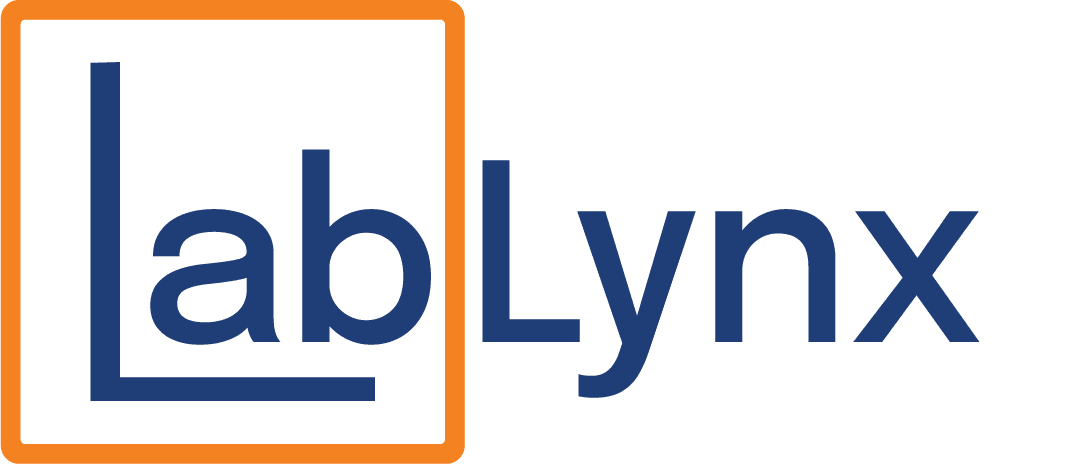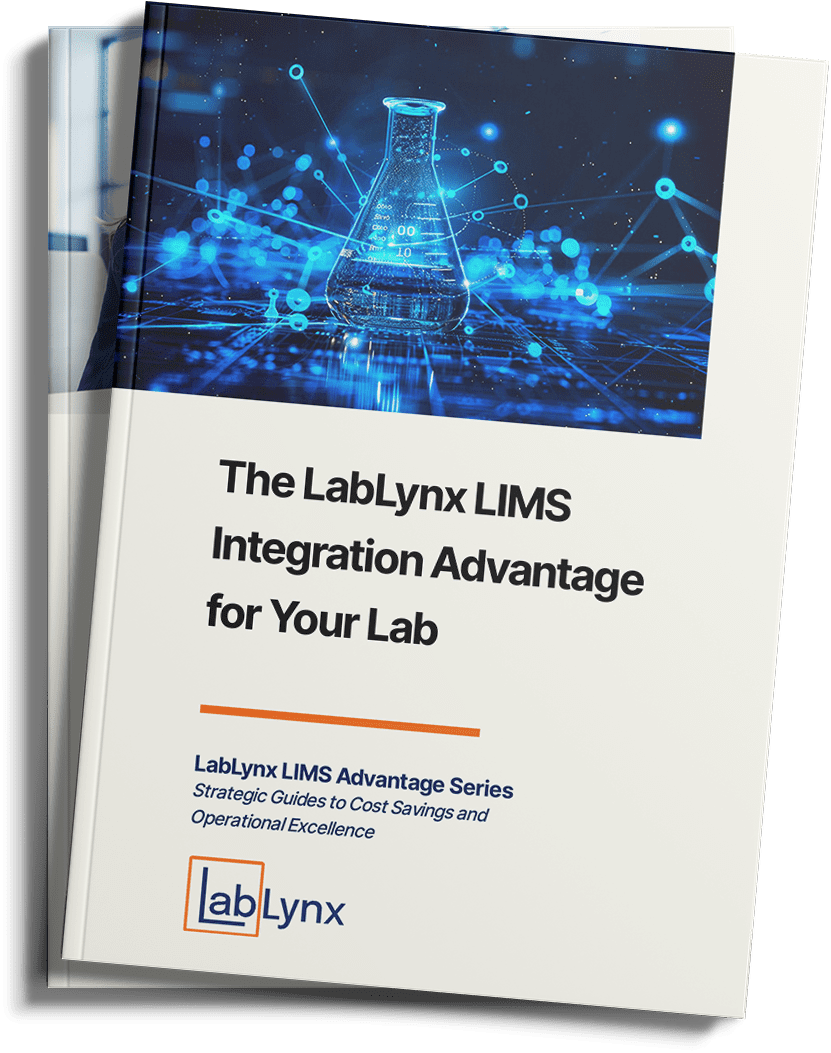A laboratory information management system (LIMS) offers various benefits to laboratories, from efficiency improvements and data accuracy to enhanced compliance, security, and decision-making capabilities. These advantages make it a valuable tool for laboratories across various industries.
Ten compelling reasons why your lab should invest in a LIMS
- Improved Efficiency– A LIMS can automatically assign unique identifiers to samples, track their movement within the lab, and monitor their progress through various stages of analysis, reducing the risk of sample mix-ups and expediting sample processing. Integrations with laboratory instruments allow direct data import and eliminating manual data entry. This automation of data entry along with standardized report generation reduces the time spent on administrative tasks and minimizes transcription errors.
- Enhanced Accuracy and Reliability– A LIMS enforces data validation rules, flagging data that falls outside predefined limits or specifications, ensuring the utilization of only valid data, and improving data quality and reliability. Automated quality control checks during sample analysis and verifying that instruments function correctly and results meet quality standards reduce the likelihood of inaccurate or unreliable data.
- Increased Compliance– Many industries have stringent regulatory and quality standards. A LIMS can assist your lab in complying with these regulations by providing a centralized system for managing and tracking data and processes. By maintaining comprehensive audit trails and documenting all actions and changes made within the system, the LIMS ensures transparency and helps meet regulatory requirements for data integrity and traceability.
- Improved Collaboration and Data Sharing– LIMS software allows lab teams and departments to access and share data easily. Additionally, remote access to data and processes fosters collaboration with external partners, improving research and development capabilities.
- Reduced Risk of Data Loss– Cloud-based LIMS solutions offer secure data storage and backup, reducing the risk of data loss due to hardware or software failures. Critical data is always accessible and protected. Regular backups ensure data is recoverable in case of unforeseen events.
- Better Data Management and Organization– LIMS systems provide a structured and organized framework for organizing laboratory data, making it easy to search, retrieve, and analyze data when needed. Managing sample inventories, including location tracking, storage conditions, and expiration dates allows for efficient sample management and reducing the risk of sample loss or degradation.
- Improved Data Security– LIMS systems prioritize data security by offering data encryption, user-level access control so only authorized personnel can view or modify specific data, and regular data backups. These measures protect sensitive and confidential information from unauthorized access or loss.
- Customization and Scalability– LIMS solutions are highly customizable to meet your laboratory’s specific needs and workflows. Additionally, a LIMS should be scalable, so as your laboratory grows or changes its focus, the software allows for easy expansion to accommodate changes in laboratory requirements, such as new tests, workflows, departments, or even additional laboratories.
- Reduced Costs– While there is an initial investment in implementing a LIMS, it often leads to long-term cost savings. Automation and error reduction reduce operational costs. With insights provided by LIMS analytics, laboratories can optimize resource allocation, such as equipment usage, personnel allocation, and reagent inventory, ultimately saving money.
- Improved Decision-Making– LIMS systems offer valuable insights and analytics derived from the data they manage. By analyzing trends, patterns, and historical data, laboratories can make data-driven decisions about research focus areas, process optimization, and resource allocation. Real-time reports allow laboratory managers and researchers to access critical information promptly, supporting faster and more informed decision-making.

If these ten reasons aren’t enough to convince you to invest in a LIMS, consider that a LIMS software solution can integrate with electronic laboratory notebooks (ELNs), instruments and devices, and third-party software for a seamless laboratory operation. A LIMS can also schedule and track instrument calibration and maintenance tasks, manage laboratory inventory and simplify sample tracking with barcode integration. An experienced LIMS vendor can also provide web-based client portals for sample submission, test ordering, and report distribution.



